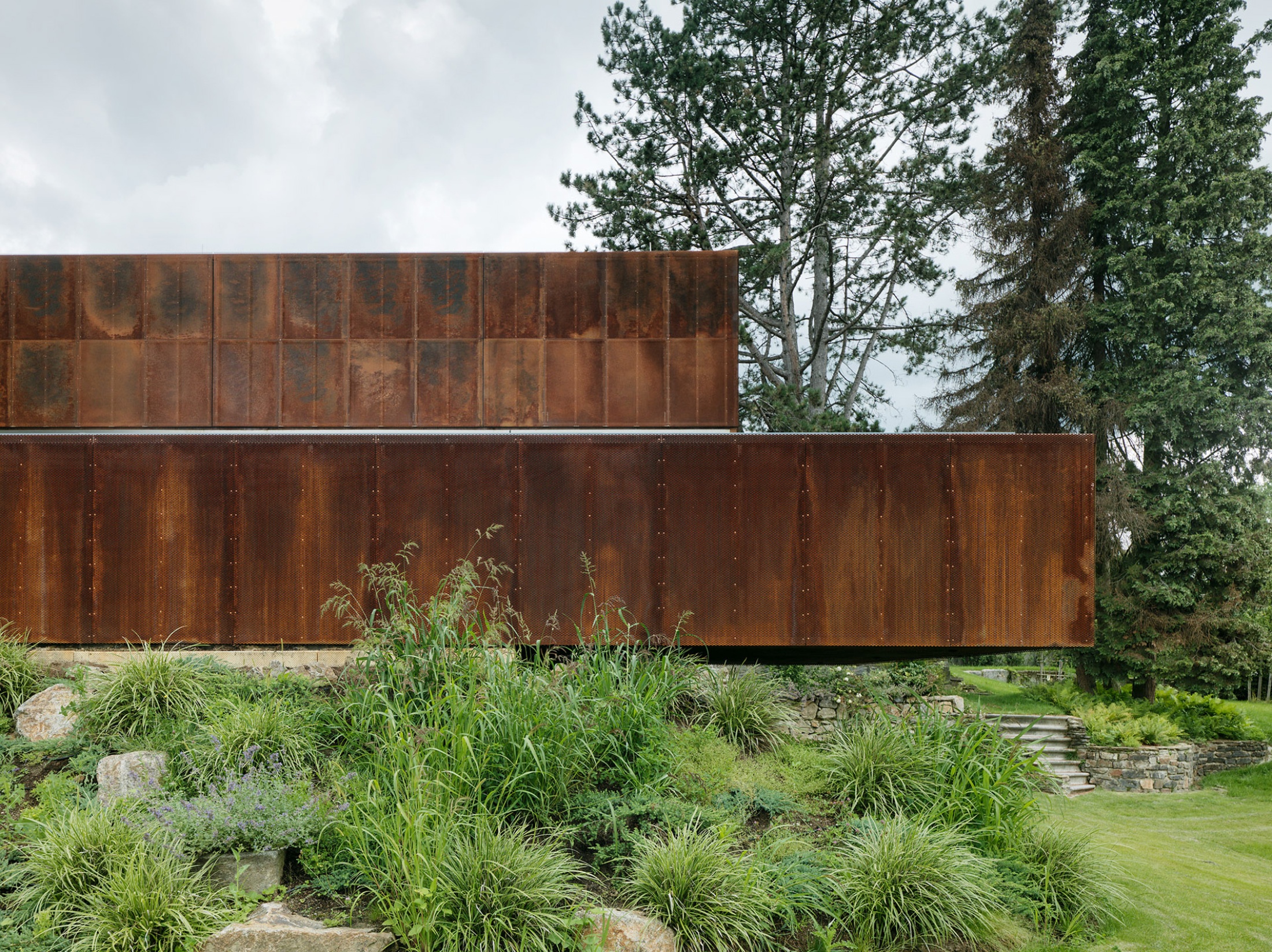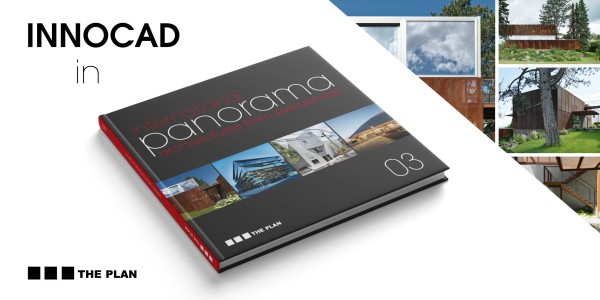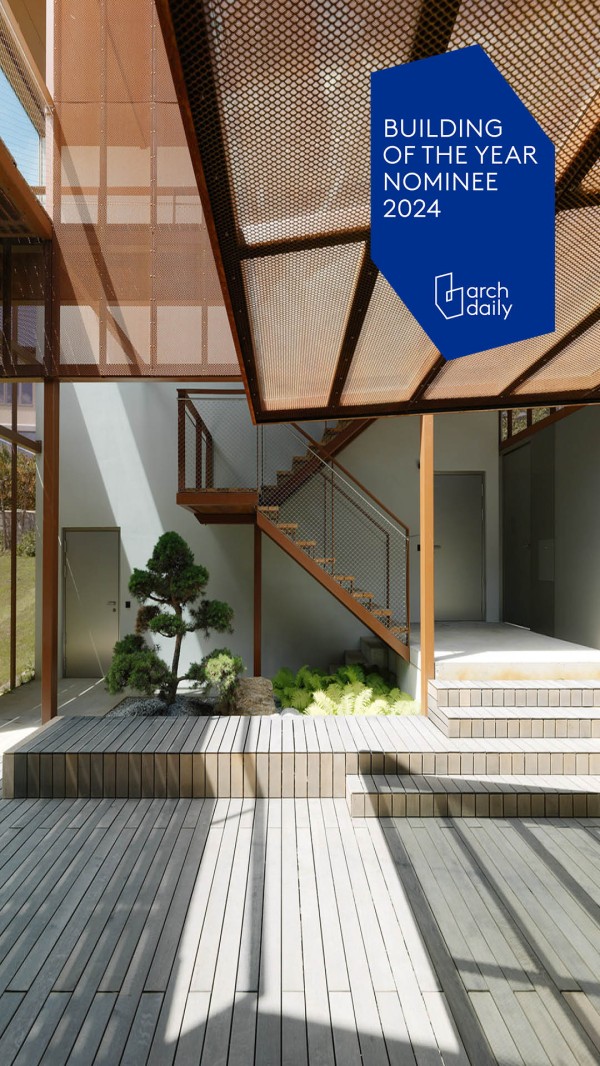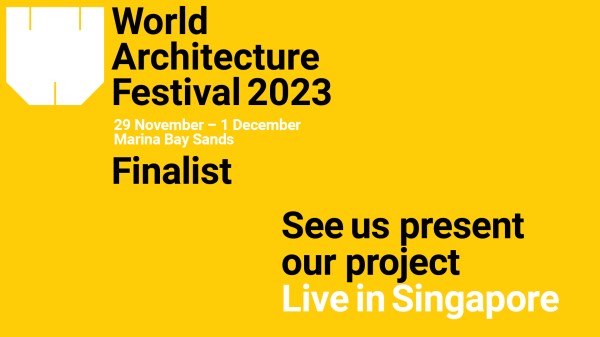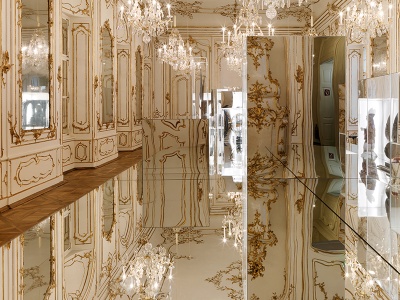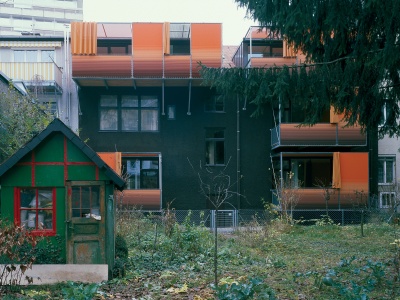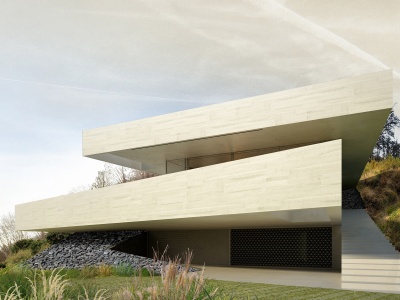
NEW CONSTRUCTION OF A PRIVATE RESIDENCE IN LINZ
- Exterior Architecture
- Interior Architecture
- Interior Design
- Lighting Design
- Landscape Architecture
private residence / deconstructed volume / respecting the context of the site / floating transition between inside and outside / design evolution / preservation of the pre-dated structure / reduced material selection / steel facade with authentic patina / residential gallery space
Located in the hilly outskirts of Linz, the third largest city in Austria that is closely linked to the steel industry, this private residence was commissioned by an entrepreneur and art collector. Respecting the context of the site’s preexisting environment, several stone walls, a historic cellar structure, and the statuesque trees were preserved on the new premises. Responding to the gentle slope, the house’s deconstructed volume is composed of three main sections: a vertical-oriented, a horizontal-aligned and a floating section. This tension-filled triad is interwoven into the topography’s existing masoned structures and bordered by two far-reaching trees. By disassembling the whole scope into pieces, the new building parts correlate with the scale of the surrounding family homes. This expansion results in spaces with distinct qualities and gradual interior-exterior transitions while also catering to the functional requirements. The residence is entered through the vertical-oriented section, containing guest quarters and a garage from where an exterior canopied staircase leads down into the courtyard, connecting the backyard and the lavish garden in the front. This intermediate, hybrid space blurs the boundaries between the interior and exterior, conducting into the second volume with an accessible rooftop and private, work and living spaces. A wooden terrace stretches out towards the third fraction, a cantilevered pool. To provide shade while retaining the minimalistic design, the perforated steel facade detaches and folds down over the outdoor area. The architecture is grounded in the concept of design evolution through the use of the existing vaulted cellar as a base for the main house. The sustainable preservation of the pre-dated structure fosters identity and ensures integrity for the new additions. The embedding of the past creates an immediate connection between the genius loci and the new residents. The historic stone wall is complemented by a reduced material selection; wooden floors and steel facades pay homage to the iron city of Linz. Deepening the notion of a structure grounded on the plot, the metal has been left to naturally rust and the untreated wood to weather with the season, creating an authentic patina that indicates the natural cycle of growth and decay. The interior follows the tradition of a modernist exhibition pavilion with high ceilings, skylights to illuminate the space with natural light, and floor to ceiling windows offering a panoramic view. A circular picture rail for the client´s sophisticated art collection defines a horizon and creates an area for interior interventions such as built-in furniture and materials. The reduced palette of colors and surfaces inside with earthy tones and wood, leather, and stone correlate with concept of imperfection and the transience of the exterior. This home with exceptional views of the city and its surrounding nature is rooted in the history and context of the site while offering a residential gallery space with a seamless transition between the comfort of the indoors and the natural beauty of the great outdoors.
- project name: DECONSTRUCTED HOUSE
- function: Residential, Best of
- location: Linz, AUSTRIA
- client:
- Private
- floor space: 330 m²
- number of floors: 3
- construction start: 12 / 2019
- completion: 06 / 2022
- project team:
Patrick Handler,
Martin Lesjak, Jörg Kindermann, Michal Kniaz, Elisabeth Krammer, Lisa Nett, Alexander Rothbart
- photographer: Paul Ott
BOOK
THE PLAN
international Panorama
Gruppo Maggioli S.p.A.
DECONSTRUCTED HOUSE
IT, 2023
English
230 pages
Hardcover, 23,5 x 21,7 cm
ISBN: 8891656570
NOMINEE FOR ARCHDAILY‘S BUILDING OF THE YEAR 2024
The 15th Building of the Year Awards edition by ArchDaily, the world´s largest online architecture platform, nominated our project, Deconstructed House for a private client, in the category “Houses.” Responding to the gentle slope, the house’s deconstructed volume is composed of three main sections: a vertical-oriented, a horizontal-aligned, and a floating section. This tension-filled triad is interwoven into the topography’s existing masoned structures and bordered by two far-reaching trees. By disassembling the whole scope into pieces, the new building parts correlate with the scale of the surrounding family homes. This expansion results in spaces with distinct qualities and gradual interior-exterior transitions while also catering to functional requirements.
WORLD ARHITECTURE FESTIVAL 2023
FINALIST: DECONSTRUCTED HOUSE
Completed Buildings - House and Villa


